Daegu Modern History Museum (대구근대역사관)
764.5M 2021-07-20
67, Gyeongsanggamyeong-gil, Jung-gu, Daegu
+82-53-606-6430
Located in Pojeong-dong, Jung-gu, Daegu, the Daegu Modern History Museum was officially opened on January 24, 2011. The museum is housed in a building that is rich in history. First built by Japan in 1932 as a bank, the building was once a symbol of repression and exploitation during the Japanese colonial rule. Today, the building stands proudly as an educational site and bears the title of ‘Cultural Property No. 49’ in recognition of its historical and cultural significance.
The two-story museum (1,971 square meters) houses a permanent exhibition (1F), featured exhibition (2F), and a hands-on exhibition room and classroom for diverse cultural activities and lectures. The history exhibition features the lifestyle of Daegu citizens, local customs, and education of the late 19th century and the early 20th century.
Daegu Seomun Market & Seomun Night Market (대구 서문시장 & 서문시장 야시장)
773.0M 2024-07-31
45 Keunjang-ro 26-gil, Jung-gu, Daegu
+82-53-256-6341
Seomun Market opened in its current location in the 1920s after reclaiming the Cheonhwangdangji Reservoir, but it has a much longer history. In the Joseon dynasty, Seomun Market was one of three major markets in the nation. It was called Seomun Market because it was located on the west side of the Daegu Fortress. Despite relocating, the alleyways of the original market still feature names of the items available there, such as Hongdukkae Pancake and Chicken Pancake Alley. Textile-related goods are the main products available now, but they also offer a little bit of everything else, including silk goods, dry goods, undershirts, crafts, dishes, clothes, and dried seafood.
Keisung Middle School (계성중학교)
815.2M 2024-11-06
35 Dalseong-ro, Jung-gu, Daegu
The hit song “DITTO” by NewJeans encapsulates a nostalgic old camcorder sentiment in its music video. The place that contributed to this feeling is one of the primary filming locations: Keisung Middle School. It’s a functioning school where students regularly attend, but it’s also renowned for its historical cultural buildings, making it a tourist attraction. Why not go on a NewJeans music video tour at the historically rich Keisung Middle School?
Daegu Modern History Streets (Tour of Modern Streets) (대구 근대골목(근대로의 여행))
837.5M 2023-10-27
66, Gukchaebosang-ro 102-gil, Jung-gu, Daegu
+82-53-661-3327
Daegu Modern History Streets is an experiential tour that brings the participants across Daegu’s alleyways and living history. During the Korean War, Daegu was much less damaged than other regions. Because of that, the city retains the changes in lifestyles before and after the war relatively well.
There are 13 courses in total, run by regional self-governance groups in Daegu, defined according to different themes and areas. The most popular among them is Course 2, the Modern Cultural Street, which takes visitors on a tour of major sites associated with Daegu’s modernity. Follow the retro aesthetics and the history of Daegu and Korea along places like Kyesan Catholic Church, Jeil Church, old houses, and the former Chinese Elementary School.
Note that multilingual tours are offered to international visitors in English, Japanese, and Chinese, in regular tours (14:00 every Saturday) and on-demand tours (available for groups of more than 5). Reservations are offered on the official website.
Gyeongsanggamnyeong Park (경상감영공원)
838.5M 2018-08-07
99, Gyeongsanggamyeong-gil, Jung-gu, Daegu
+82-53-254-9404
Located in central Daegu, Gyeongsanggamyeong Park was built during the 34th year of King Seonjo of the Joseon Dynasty (1601) and was the original location of Gyeongsanggamyeong (1910), the office of the Gyeongsangbuk-do governor. In 1965 the provincial office was moved to another location and the park opened its doors to the public under the name of Central Park. The park was renamed again in 1997 and has been known as Gyeongsanggamyeong Park ever since.
Many cultural and historical heritages are located in the park including the Seonhwa-dang building where the governor worked (Daegu Tangible Cultural Property No.1); the Jungcheong-gak building that was one of the governor’s residences (Daegu Tangible Cultural Property No.2); and Seonjeong-bi gravestone where governor’s achievements are engraved. Seonhwa-dang building in particular has historical significance since it is one of the few remaining government buildings.
The park is well loved by citizens for its green forest, beautiful flowers, well-developed grass plaza, scenic fountain area, and its comfortable walking paths.
Daegu Concert House (Formerly Daegu Citizens' Hall) (대구콘서트하우스 (구.대구시민회관))
875.7M 2022-10-26
141, Taepyeong-ro, Jung-gu, Daegu
+82-53-250-1400
Daegu Concert House, previously Daegu Citizen’s Hall, had undergone renovations from April 2011 to August 2013 to reconstruct eaves and columns of the large concert halls and to build a performance support hall perfect for international concerts. The hall is equipped with sound facilities matching international standards. Grand Hall has 1,284 seats, Chamber Hall (small concert hall) has 248 seats, and the parking lot can accommodate a total of 387 cars throughout 215 spaces in the basement level parking lot and 72 spaces in the parking tower. In addition, the concert hall houses an exhibition hall, practice room, and community facilities. In particular, the Grand Hall offers vivid, visible, and acoustic effect by shortening the distance between the performers and audience so that it fits the international standard for concert halls with the best sound facilities.
March 1st Independence Movement Road (3·1만세운동길)
877.4M 2023-01-20
Dongsan-dong, Jung-gu, Daegu
March 1st Independence Movement Road is a historical location where Daegu citizens gathered for the independence movement on March 8, 1919, and the midpoint of Daegu Modern Alley Tour Course 2. Passing Cheongna Hill Missionary's House and Jeil Church, you will come to a road with murals of the independence movement. The March 1st Independence Movement Road is a hilly road leading to Gyesan Cathedral. It is also called 90 Stairs because there are 90 steps. On the wall of the stairs, there is an augmented reality (AR) experience zone along with site photos from history. By scanning the QR code is a 3D video that vividly reproduces the independence movement, enabling a realistic experience of history. Follow the signs of the Daegu March 8th Independence Movement marching road to reach the main road and it will lead to the the 100th anniversary monument of the March 1st Movement and the starting point of the March 8 Movement. A guided alley tour is available for free with an online reservation on the official website.
Daegu Gyesan Cathedral (대구 계산동성당)
897.3M 2024-07-31
10 Seoseong-ro, Jung-gu, Daegu
+82-53-254-2300
Daegu Gyesan Cathedral is one of Daegu's main churches, designed by Father Poisnel, who also designed Myeongdong Cathedral and imported stained glass for the windows directly from France. Being located in the city center, the cathedral is especially beautiful when seen at night.
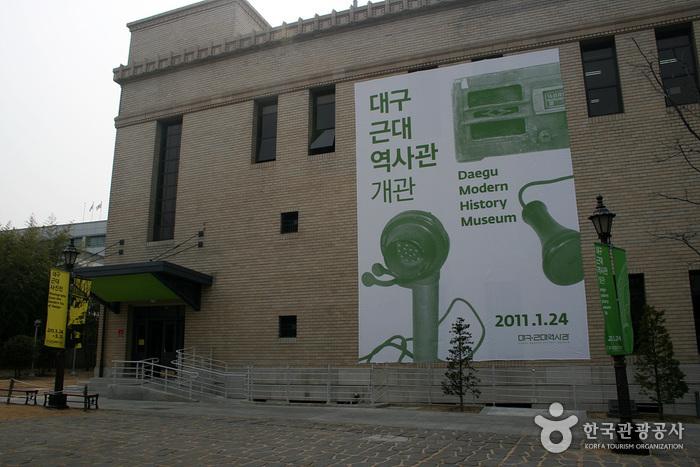

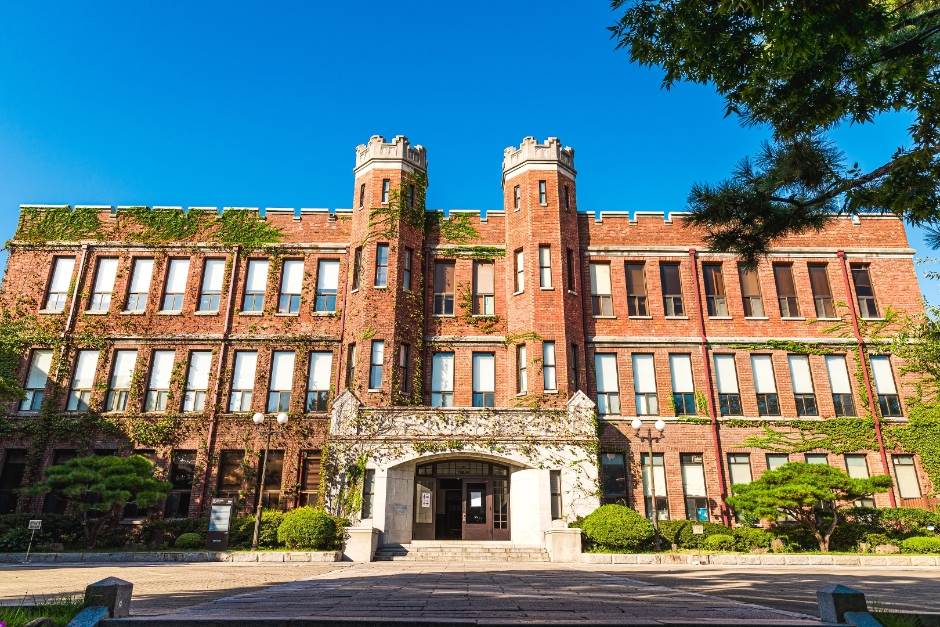
![Seobong Shoes [Tax Refund Shop] (서봉제화)](http://tong.visitkorea.or.kr/cms/resource/67/2883967_image2_1.jpg)
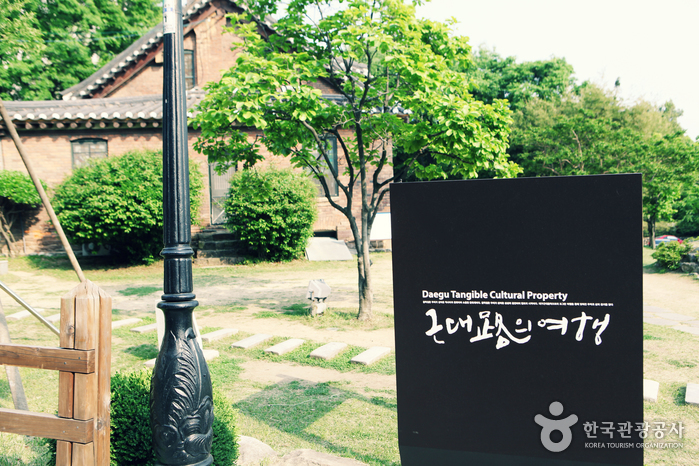
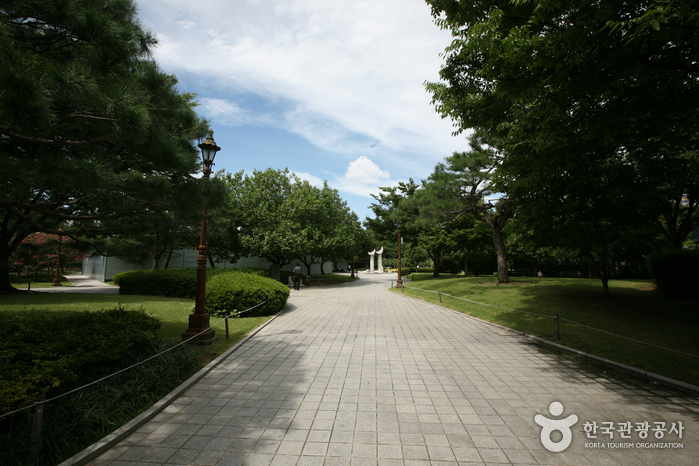
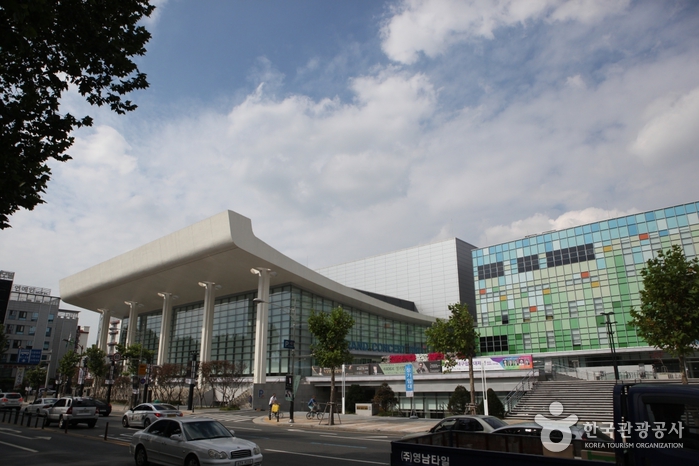
 English
English
 한국어
한국어 日本語
日本語 中文(简体)
中文(简体) Deutsch
Deutsch Français
Français Español
Español Русский
Русский